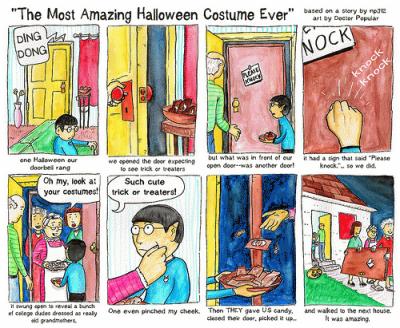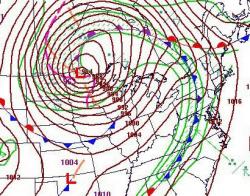
Image via Wikipedia
Ear candling, apparently, is an alternative medicine practice that is pretty much what it sounds like. One end of a candle is placed in the ear, and the other end is lit. Supposedly, this will improve your health by removing “toxins” from the body – but it turns out (perhaps unsurprisingly), that it’s ineffective and dangerous. From Wikipedia:
One end of a cylinder or cone of waxed cloth is lit, and the other
placed into the subject’s ear. The flame is cut back occasionally with
scissors and extinguished between two and four inches from the subject.The subject is lying on one side with the treated ear uppermost and
the candle vertical. The candle can be stuck through a paper plate or
aluminum pie tin to protect against any hot wax or ash falling onto the
subject. Another way to perform ear candling involves the subject lying
face up with the ear candle extending out to the side with a 45 degree
upward slant. A dish of water is placed next to the subject under the
ear candle.Proponents claim that the flame creates negative pressure, drawing wax and debris out of the ear canal[4], which appears as a dark residue.
In October 2007, the United States Food and Drug Administration
issued an alert identifying ear candles (also known as ear cones or
auricular candles) as “dangerous to health when used in the dosage or
manner, or with the frequency or duration, prescribed, recommended, or
suggested in the labeling thereof” … “since the use of a lit candle in
the proximity of a person’s face would carry a high risk of causing
potentially severe skin/hair burns and middle ear damage.”[9]
A strange practice. But then, I guess people do strange things all the time – and if the placebo effect makes you feel healthier, more power to you.
Here’s my question: who came up with this? Apparently, some ear candle manufacturers allege that the practice originated with the Hopi Indians, but Hopi tribal spokespersons deny any knowledge or involvement.




